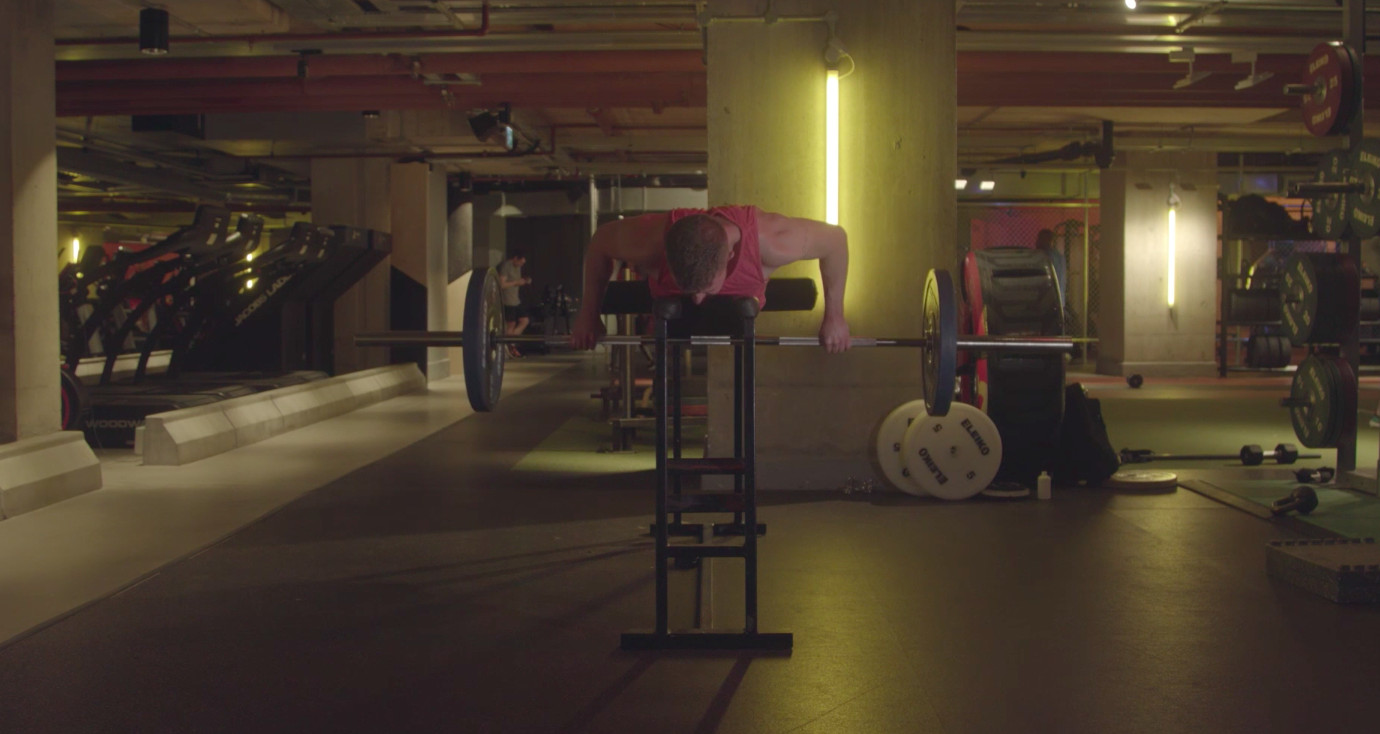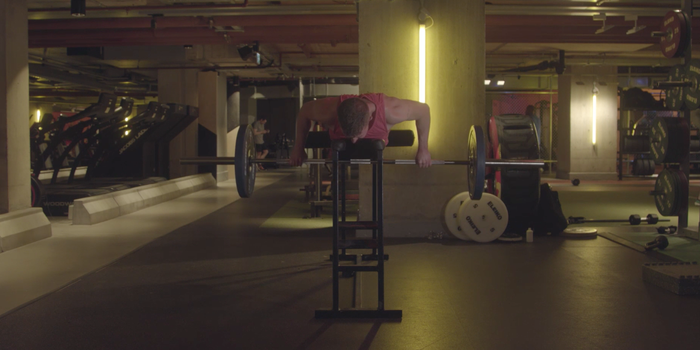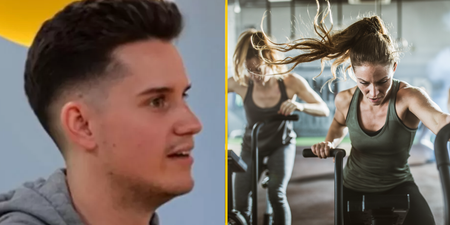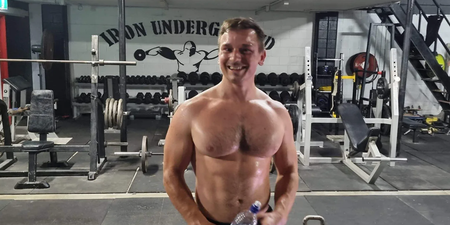When looking to increase your bench press, more benching is the most obvious option – but the right assistance exercise is also essential
If your bench has hit a stumbling block, the impulse may be to include more chest, triceps and shoulder work – since these are activated when pressing. Prone rows provide the opposite, building your back and traps, but they also build your bench too.
How is this? Let’s look at the movement a little closer.
Every muscle and every movement has its antagonist. If you want to get stronger or improve your performance on a particular lift, the antagonist of this exercise should also be strong.
For example, the antagonist of your bicep is your tricep. In order to perform a bicep curl with optimal range of motion and all tension focused on the muscle, you must contract your tricep at the bottom of the curl in order to stabilise your arm and stop it swinging.
Related: try this unconventional barbell workout for size and strength
In the case of your bench press, the situation is quite similar with the prone row.
 Credit: Gymbox
Credit: GymboxHow to perform the Prone Row
- Grasp the barbell with a slightly wider than shoulder-width grip
- Your hands should be as far apart as they are when bench pressing
- Initiate the movement by retracting your scapula (shoulder blades)
- Pull the weight in towards your belly button, contracting your lats and driving through your elbows
- Pause at the top of the movement for 1-2 seconds
The bench press stimulates the chest, triceps and shoulders, whereas the prone row works your back – particularly the upper back. In addition to this, the prone row activates your mid and upper traps, rear delts, plus many smaller, stabilising muscles.
While you may not press the weight on the bench with these back muscles, they need to be strong to keep you stable on the bench. Without stability, your bench press technique will falter and so will overall strength.
Perhaps the most important point is how the prone row teaches you to retract your shoulder blades. When setting up on the bench, it is the ability to do this that will have you safely pressing the weight and not getting a one-way ticket to Snap City.
Read more: intermittent fasting – is the hype justified?





















































